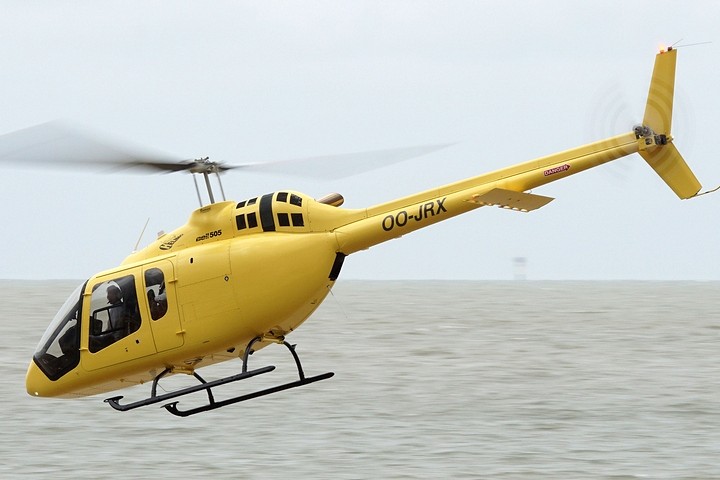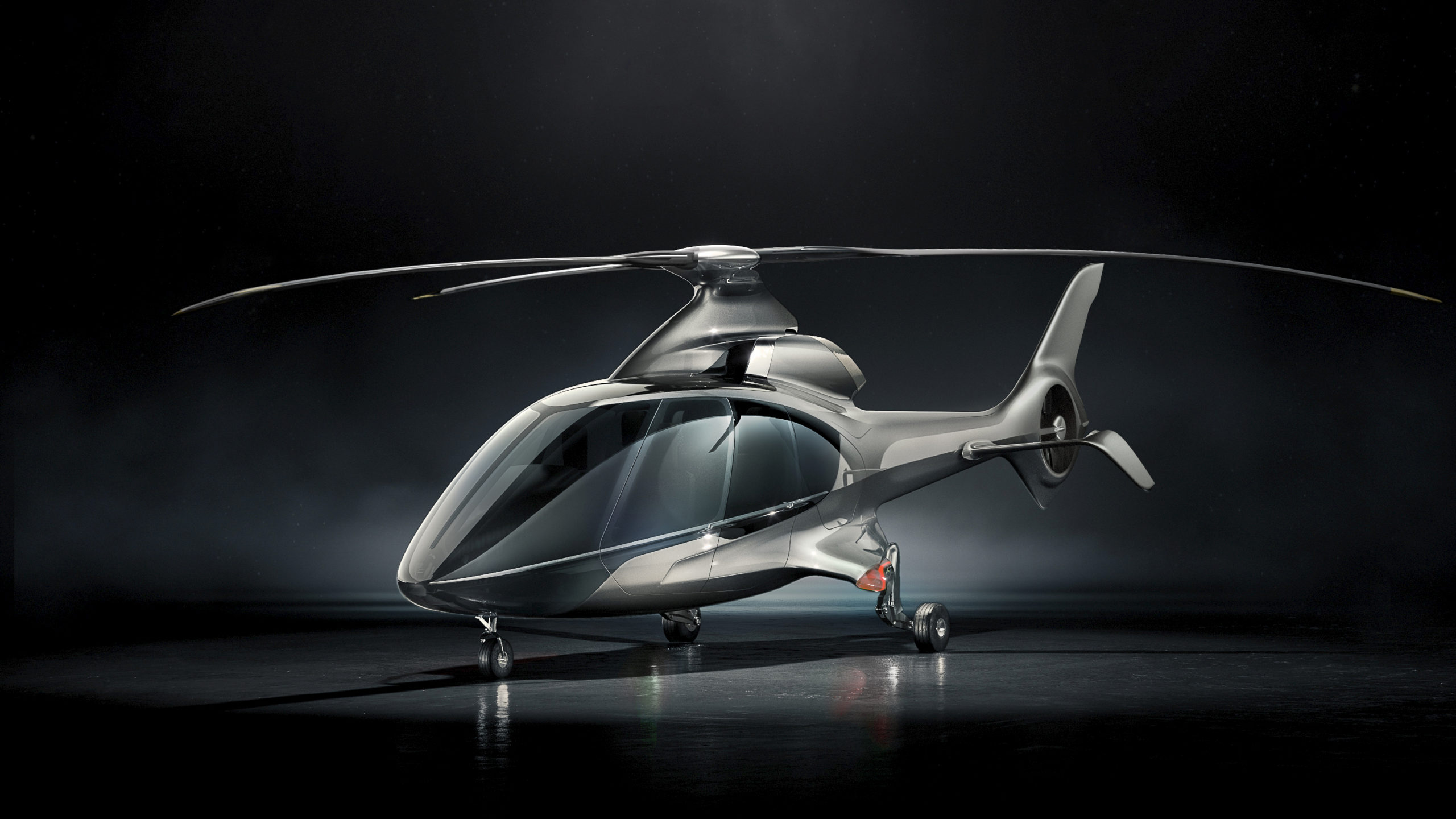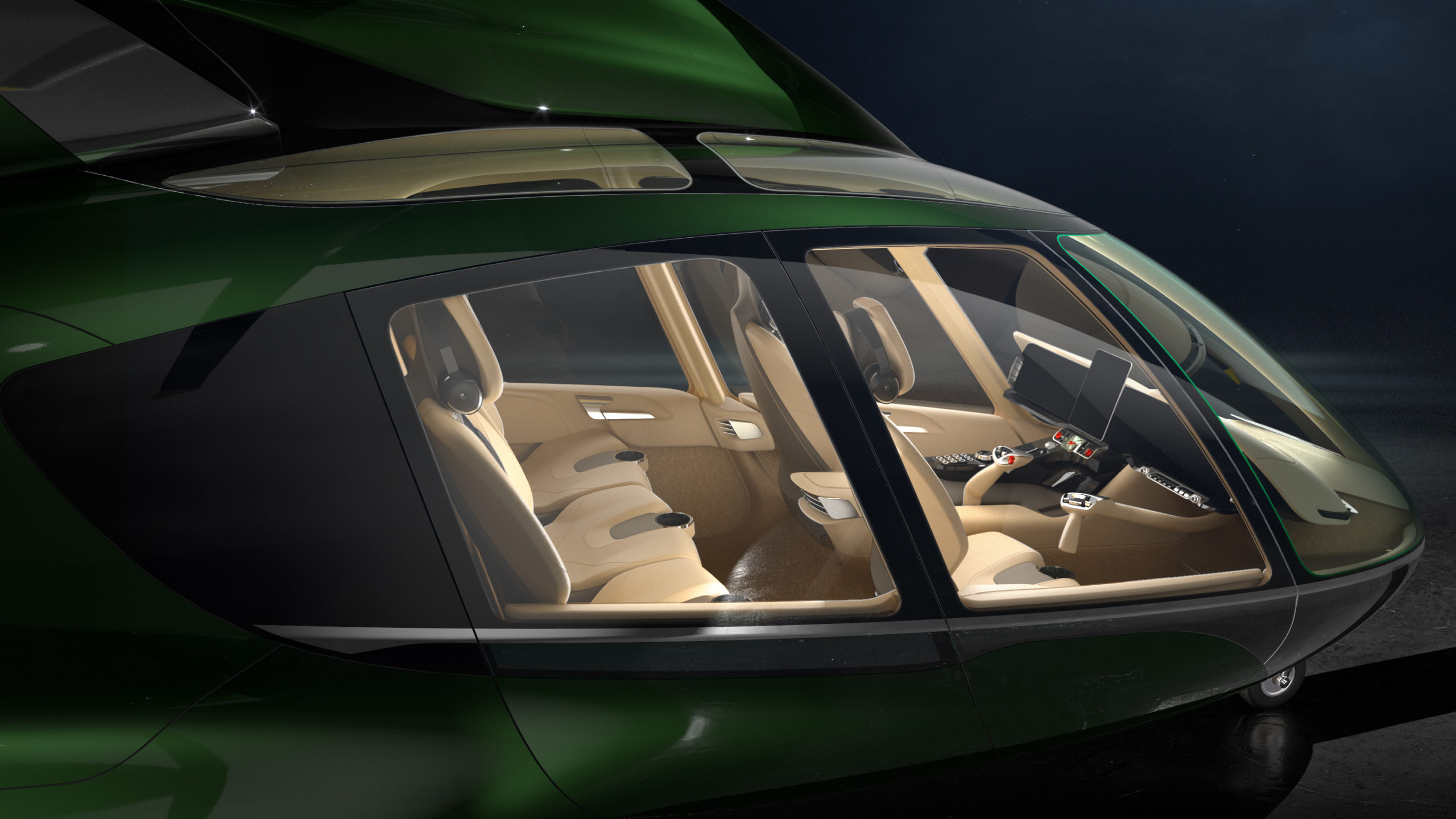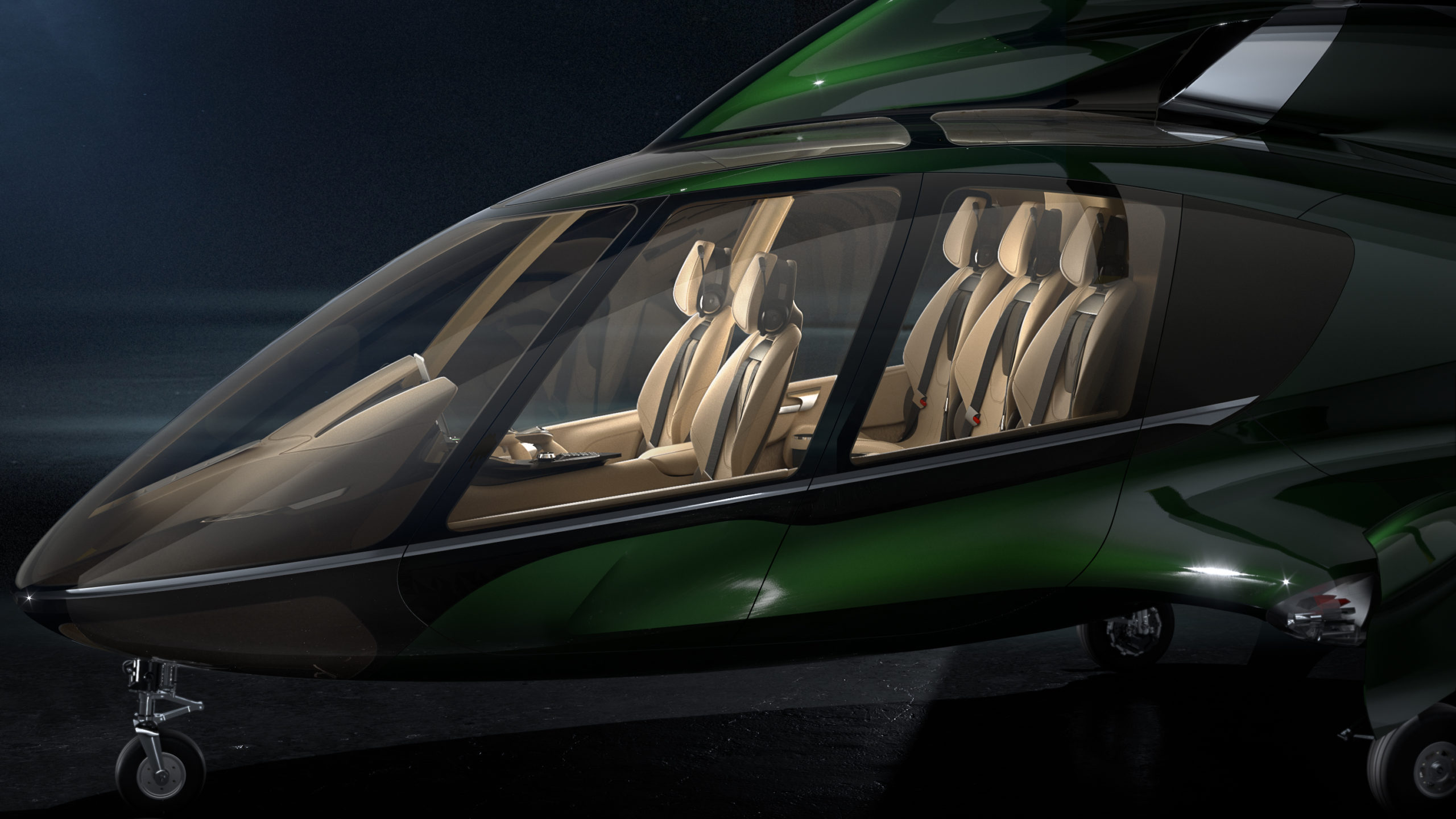We know that our products are purpose-built to support modern automotive and conceptual design. We’re always thrilled to hear our customers share their stories of easier workflows, collaborative reviews, and high-quality visualizations. And, occasionally, we get to hear a story outside our usual world of automotive design, and it reminds us of why we do what we do.
The UK OEM, Hill Helicopter, is a perfect example. Founded by Jason and Isabella Hill, this start-up is hyper-focused on a vision of redefining helicopter design. The HX50 intends to disrupt the private helicopter market by moving beyond the over-engineered and under-designed reality of contemporary helicopters. You might think of many of today’s helicopters as the “pick-up trucks of the sky.”

An engineer and pilot, Hill dreamed of a helicopter that embodied the possibilities of contemporary automotive design, form, and styling like those we see in today’s Porsche or Aston Martin cars.
The HX50 project is now in its 13th year of development, having begun its market research in 2007. Those 13 years were filled with meticulous exploration and a deep dive into legislation, engineering, and business process, so that the model would not be hindered by insurance oversights. Hill had a great idea, all the engineering and simulation knowledge, a lean and dedicated team—but he didn’t necessarily have access to the high-end design tools, technology or expertise to fully realize the vision. Hill approached Symetri for Alias training, and that’s when he met Industrial Design and Visualization Manager Nick John. Symetri has a global reputation for training on Autodesk products, and John recognized the potential of Hill Helicopters right away.
Attending the Academy at a similar time as Hill was designer Henry Morshead, who had come in for VRED training. Widely recognized as one of the best and most experienced surface modelers, Morshead wanted to expand his expertise in design process, digital marketing, and visualization. Realizing that Hill’s need for a Chief Designer was more time-consuming than John had capacity for, he introduced Hill and Morshead. The complexity of the helicopter’s precise shape needed a seasoned designer’s appreciation, along with his Class A surfacing expertise and aerospace background. Morshead was a perfect fit.
And that’s when the design process intensified. Thanks to a clear and thorough design brief, Morshead was able to realize the design, converting Hill’s innovative design into tangible assets, 3D models and surfaces that brought the look and feel of Hill’s vision to life. Alias and VRED were a significant part of that process. As John noted, “It’s a really good demonstration of the right tools in the right hands to achieve a huge amount.”

The HX50 team adopted automotive design processes and techniques, ensuring the resulting form delivered the experience of a luxury car brand. The whole approach is one of experience: aesthetically pleasing walk-up, sleek and stunning exterior, luxurious interior, and smooth transitions between all elements of the design.

The insights and efficiency Autodesk products brought to the project, as well as an intensive and streamlined development process, meant that the HX50 concept become reality in less time than similar projects with larger teams. And that’s in the current Covid context. John notes how crucial VRED’s role has been in achieving design confidence, accelerating decision making, and enabling very quick and necessarily remote design reviews. Add to that the ability to generate high-end images for presentations and marketing materials—and we see Alias and VRED being used with great effectiveness.

Design. Performance. Purpose. Freedom. These four qualities represent what the HX50 is going to bring to the light aircraft market. That Autodesk’s Industrial Design and visualization tools played an important role in supporting this innovation is something we’re really proud of.